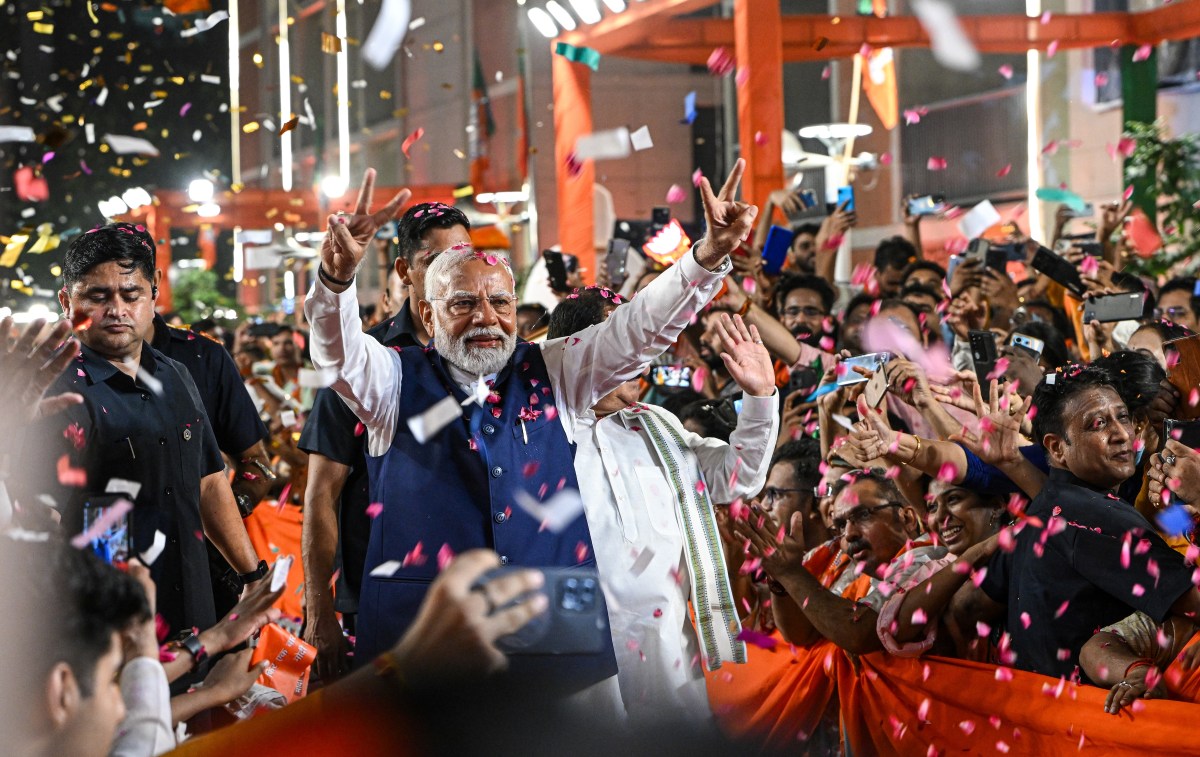India‘s 2024 Election: A Shift Towards Populism?
NDA Victory, Slimmer Mandate
Table of Contents
The Nationwide Democratic Alliance (NDA) has secured victory in India’s 2024 general election. While this marks a third consecutive term for the NDA, their mandate is narrower than in 2019. Financial institutions like Goldman Sachs, JP Morgan, CLSA, UBS, Bernstein, and Citi predict that this reduced majority could lead to a more populist approach from the government. This shift might prioritize the needs of lower-income segments and rural development, potentially impacting some capital expenditure plans.
This outcome signals policy continuity for businesses and startups, with ongoing investments in infrastructure, digitization, and manufacturing. However, the narrower margin could prompt a reallocation of resources towards rural and welfare initiatives. This shift was evident immediately following the election results, as evidenced by the $45 billion drop in value experienced by the Adani Group on Tuesday. (https://thetrendytype.com/adani-group)
Digital Sovereignty and Tech Regulation
The ruling party’s assertive stance on digital sovereignty and its recent clashes with Big Tech are expected to continue. Over the past five years, the Narendra Modi government has implemented or proposed numerous laws aimed at regulating the internet. These include measures to control web apps, mandate content review for obscenity by streaming services, and even a legal challenge against WhatsApp’s encryption requirements. These actions have understandably raised concerns among large tech companies.
The Indian government maintains that these proposals are designed to protect its citizens’ interests. This ongoing tension between regulation and innovation will likely shape the digital landscape in India for years to come. (https://thetrendytype.com/digital-sovereignty)
Building a Domestic Tech Stack
India, a key ally of the U.S., is increasingly focused on developing its own technology infrastructure to rival popular Western options. Rupay, India’s answer to Visa and Mastercard, exemplifies this ambition. Similarly, UPI, an interoperable and real-time payment system developed by Indian banks, has become ubiquitous in India, processing more transactions than all card networks combined. This demonstrates the rapid growth and adoption of domestic solutions within the country.
Manufacturing Hub: Continued Growth with Potential Shifts
India has emerged as a global manufacturing hub in recent years, attracting major companies like Apple, Samsung, and Google with attractive incentives to shift their assembly operations to India. Goldman Sachs and Citi predict that India will continue to prioritize manufacturing, but fiscal allocation for this sector might be lower than previously anticipated.
Boosting the Startup Ecosystem
In April, the BJP unveiled a 100-day plan aimed at strengthening India’s startup ecosystem. This ambitious initiative seeks to make India a global hub for entrepreneurship by expanding funding and mentorship programs and boosting employment in manufacturing and tourism. This focus on innovation and entrepreneurship could further propel India’s economic growth.


